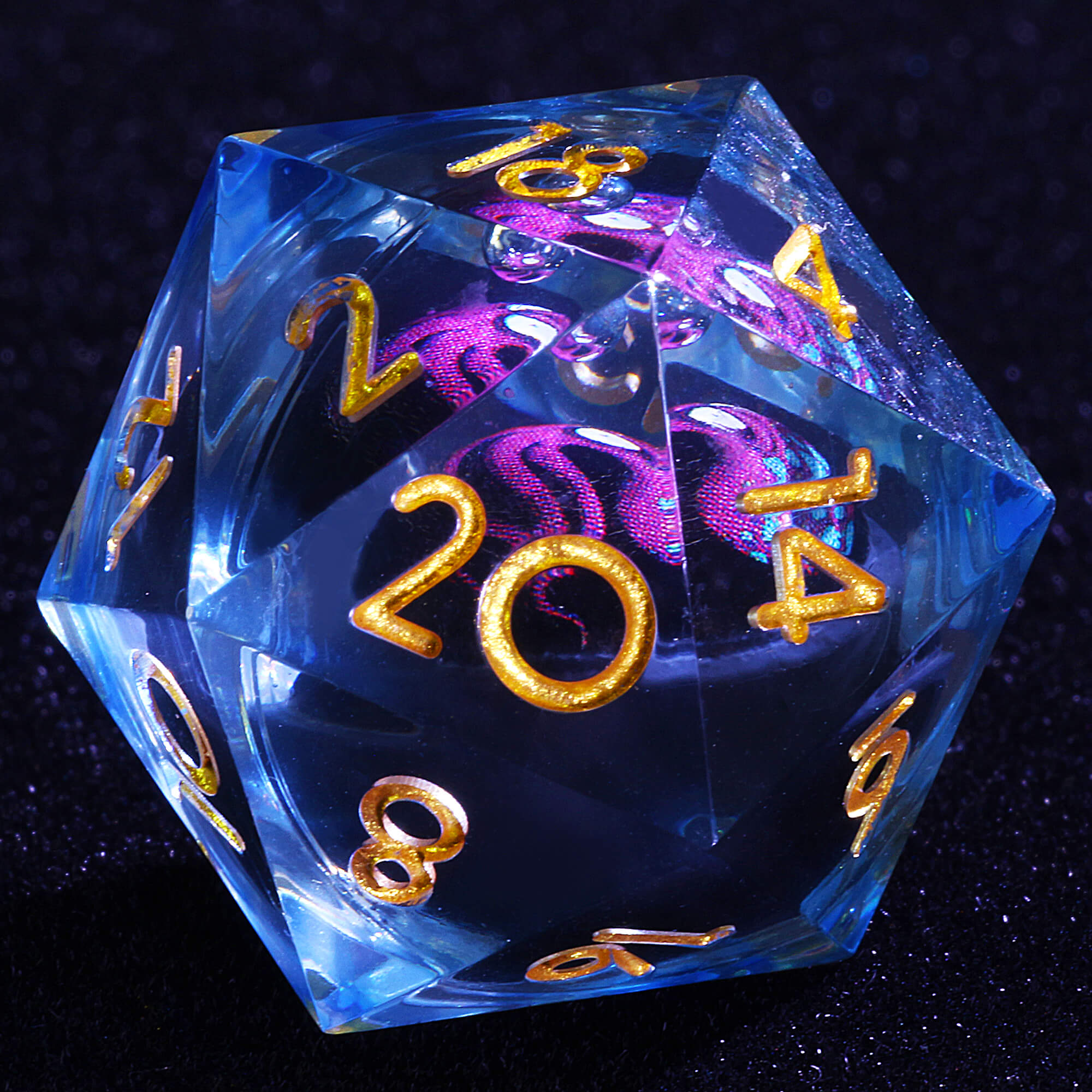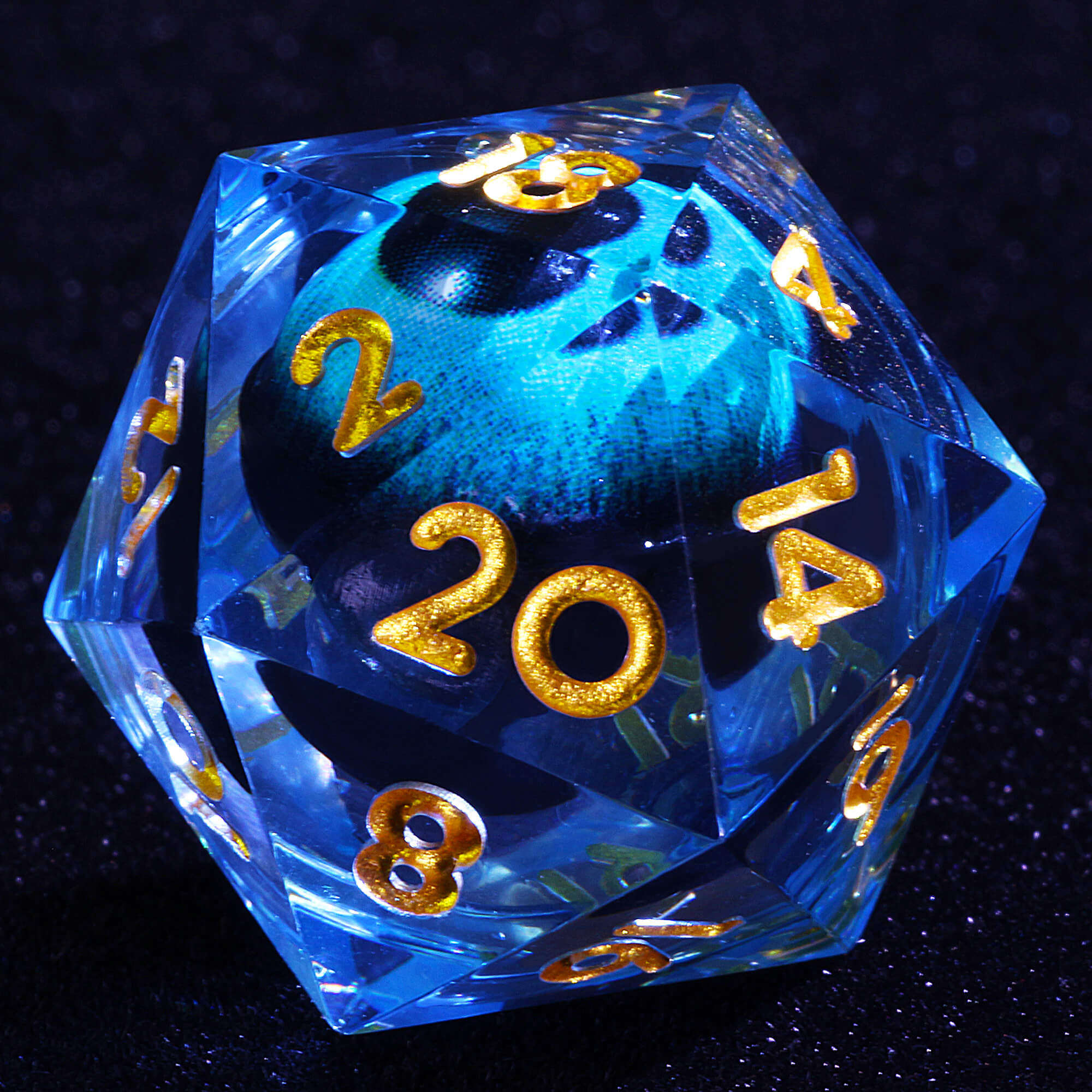Ryujin was one of the most important dragons of Japanese mythology. He was the god of the sea that ruled the ocean and protected Japan. He was also the king of all dragons! Oh, and he was also capable of morphing into different animals as well as take a human form...
So if you'd like to learn all there is to know about this fascinating dragon god, read on!
Ryujin, God of the Sea
With its magical jewels, he controlled the tides and rainfalls. Given how important the sea and fishing was for Japanese people, it is easy to understand why ancestral Japan erected it as an emblem.
Fishermen worshiped the dragon god for successful fishing and calm seas. They celebrated feasts in honor of Ryujin, which was then glorified as the god of the sea.
The Ancestor of Japan's first Emperor


Ryujin was the father of the beautiful goddess Otohime who married the hunting prince Hoori. According to the legend, the first Japanese emperor, Jimmu, was the grandson of Otohime and Hoori. As a consequence, we can see that Ryujin is actually an ancestor of the Japanese imperial dynasty.
Ryujin's Underwater Palace
The depths of lake Biwa, situated in the northeast of Kyoto, is often considered as the home of Ryujin.
The Japanese dragon lived in Ryūgū-jō, a giant underwater palace. This castle was made of solid crystal as well as red and white coral. The family and faithful servants of Ryujin lived with him in this palace. Sea turtles, fish and jellyfish were frequently described as the servants of Ryujin.
This god of the sea also had shrines all over Japan. Particularly in rural areas where fishing and rainfall were essential for agriculture. These places were also considered as homes of Ryujin.
Myths & Legends around Ryujin
Ryujin is part of many Japanese stories. Like the sea, he has a very changing nature: sometimes he unleashed great devastation (tsunami, storm...) but he was also a benevolent entity that helped and rescued people.
The Legend of Hoori & the Magic Hook
Ryujin occupies an important place in the story of Hoori, the grandfather of Japan's imperial dynasty. In this story the dragon god is known as Watatsumi which is one of his several other names.
Hoori was the youngest son of Ninigi (himself the grandson of sun goddess Amaterasu). One day he borrowed the magic hook from his brother Hoderi. This hook allowed him to catch a multitude of fish without any effort. However, when Hoori tried to use it, he had no results. Even worse, he ended up losing it at the bottom of the sea.
Angry at the loss of the hook, Hoderi declined his brother's offer to provide him with 500 fishing hooks. A few days later, while he was on the beach, Hoori was approached by a kami (Japanese god) who, sensing his infinite sadness, advised him to see Watatsumi. Indeed, he told him that the latter would probably be able to give him back the precious hook, provided he asked politely.
Hoori therefore built a small ship and set out to find Watatsumi. After a long journey, he arrived at the palace of the god of the sea. There he was greeted by Watatsumi's daughter, Toyotama-hime. Shocked by the beauty of the princess, he forgot why he had come so far and ended up staying in the palace.
Hoori and Toyotama-hime eventually married with Watatsumi's blessing. However, in their happy youth, they sort of lost track of time. Many years passed before Hoori remembered that his brother was still waiting for the hook.
When he said this to Watatsumi, the god of the sea gathered all the fish together and he found the hook in the mouth of a sea bream. Together with the hook he gave Hoori two jewels which let him control the rain that irrigated his rice fields.
Back home after several years, he gave his brother the hook back. The magic jewels allowed Hoori to become very wealthy and to live for over 500 years...
Urashima Taro the Fisherman
One day, a fisherman saw children bothering a turtle on the beach. He rescued the turtle by pushing them away. As a thank you, the turtle offered Urashima Taro a sea trip and a visit to the underwater palace of Ryujin. Decent gift!


There, the daughter of the sea-dragon king made him a delicious feast. Before leaving, he also received a jewelry box as a gift. When Urashima Taro returned home, he realized that his village had changed since his departure. More problematic; he couldn't find his family or his home.
He spoke with an old woman who remembered in her distant recollections. At one point she mentioned a fisherman that had mysteriously disappeared a long time ago. He realized that his trip to the underwater palace had actually lasted several decades... After roaming this new world and in despair, he opened the jewelry box that was given to him. An incredibly bright light came out of it and just a moment later, the world around him reverted to what it was when he originally left for his trip.
While extremely confusing and stressful, the event allowed Urashima to get a glimpse of the future and live a more meaningful life as a result.
Empress Jingu & the Invasion of Korea


According to some Japanese legends, the empress Jingu was able to carry out her battle in Korea thanks to the sea jewels of Ryujin.
Indeed, when she fought against the Korean navy, the empress threw the Kanju (tidal jewel) into the sea. The tide then receded. This blocked the fleet of the Korean army and the Korean warriors had to get out of their ships. The empress Jingu then put the Manju (another jewel) in the water, and suddenly the sea rose again. The Korean soldiers were trapped and buried under a flood of water...
Every year, this myth is honored with a festivity in Yasaka Shrine called "Gion Matsuri".
The Myth of the Jellyfish
At one point, Ryujin needed the liver of a monkey to cure a terrible skin rash.
To do this, he instructed the jellyfish to find him a monkey, which he did. However the smart monkey quickly understood its fate. Wanting to escape from the jellyfish, he told him that his liver was in a jar in the woods. He told the jellyfish that he would find it and bring it back. But of course, the jellyfish never saw him again...
When it came back to the palace and told Ryujin, the dragon god became incredibly angry. He proceeded to hit the jellyfish until all his bones were crushed. So if you were wondering why jellyfish don't have bones, this is a possible explanation! 😊
In Art and Culture
In art, Ryujin is usually depicted as a sea dragon or a giant snake. He may also wear the magical round jewel, which represents Japanese power and monarchy. And with which he controls the water.
The Katase-Enoshima station in Fujisawa, was designed with the Ryūgū-jō in mind (Ryujin's palace). These sumptuous architectural buildings glorify Japan's unique culture, customs and traditions.
If you enjoyed reading the story of Ryujin, you can have a look at our article about the 7 most famous dragons of Japanese mythology.































